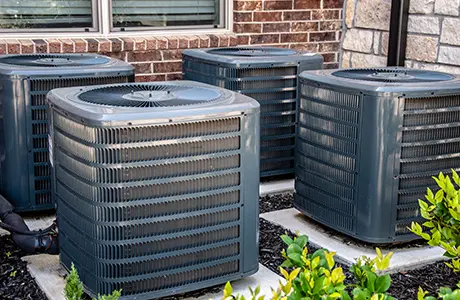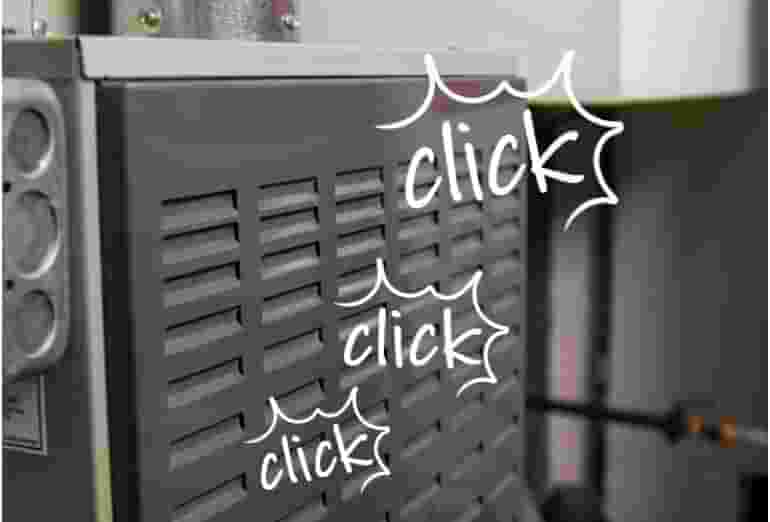The lifespan of a furnace can vary greatly, depending on several factors. Still, when estimating how long a furnace can last, it is critical to consider the type of furnace, maintenance, and environmental conditions. In Salt Lake City, where winters can be harsh and frigid, understanding the longevity of your furnace is crucial for ensuring your home stays warm and comfortable.
In general, the average lifespan of a furnace typically falls within the range of 15 to 30 years. However, this range can be influenced by various factors:
1. Type of Furnace: The type of furnace you have significantly affects its lifespan. Gas furnaces have a shorter lifespan of about 15 to 20 years, while electric furnaces can last up to 30 years or more. Oil furnaces typically fall in between these two.
2. Maintenance: Regular maintenance is key to extending the life of your furnace. Neglected systems are more likely to break down prematurely. Our Salt Lake City furnace repair experts recommend annual inspections and servicing to keep your furnace running efficiently and identify any potential issues before they become major problems.
3. Environmental Conditions: The local climate can also affect how long a furnace lasts. Salt Lake City's cold winters mean furnaces often work harder and longer to keep homes warm. This increased workload can lead to wear and tear, potentially shortening the furnace's lifespan.
4. Quality of Installation: Proper installation is crucial. If your furnace was not installed correctly, it may experience issues sooner. Always hire a reputable HVAC professional for installation to ensure it's done right.
5. Brand and Model: The quality of the furnace itself matters. Higher-quality brands and models tend to last longer and offer better warranties.
6. Usage: The frequency and duration of furnace use also impact its lifespan. Homes that use the furnace consistently throughout the year may experience more wear and tear.
Ultimately, the best way to maximize the lifespan of your furnace in Salt Lake City is through proactive maintenance. Regularly changing filters, inspecting and cleaning components, and promptly addressing any issues can help your furnace reach its full potential lifespan.
In conclusion, while the average lifespan of a furnace is between 15 and 30 years, the actual lifespan can vary due to factors like type, maintenance, and environmental conditions. Invest in routine maintenance and consult Salt Lake City furnace repair experts when needed to ensure your furnace lasts as long as possible and remains reliable during Salt Lake City's cold winters.
How Much is a New Furnace?
The cost of a new furnace in Salt Lake City, UT, can vary widely depending on several factors, including the type of furnace, its efficiency, and the size of your home. On average, residents of Salt Lake City can expect to pay anywhere from $2,500 to $6,000 for a new furnace installation. However, it's essential to note that these are ballpark figures*, and actual costs can be higher or lower depending on your specific needs and circumstances.
Here are some key factors that influence the cost of a new furnace in Salt Lake City:
1. Type of Furnace: The type of furnace you choose significantly impacts the cost. Gas furnaces are a common choice, ranging from $2,500 to $7,500 or more, depending on the brand and model. Electric furnaces are typically less expensive, ranging from $1,500 to $4,000.
2. Efficiency Rating: Furnaces have different efficiency ratings, typically measured by AFUE (Annual Fuel Utilization Efficiency). High-efficiency furnaces with a rating of 90% or more are more expensive upfront but can lead to significant long-term energy savings. Lower-efficiency models are more budget-friendly but may cost more to operate over time.
3. Size of the Furnace: The size of the furnace should be appropriate for the square footage of your home. An improperly sized furnace can lead to inefficiency and increased operating costs. A qualified Salt Lake City furnace repair and installation professional can help determine the right size for your home.
4. Ductwork and Installation: If your home's existing ductwork is in good condition and compatible with the new furnace, installation costs may be lower. However, if ductwork needs repairs or modifications, this can add to the overall cost.
5. Additional Features: Furnaces may come with additional features such as programmable thermostats, air purifiers, or humidifiers. These extras can increase the total cost of your new furnace.
6. Brand and Warranty: Different furnace brands and models offer varying levels of quality and warranty coverage. Premium brands often come with a higher upfront cost but may provide more extended warranties and better reliability.
To get an accurate estimate for a new furnace installation in Salt Lake City and its surrounding areas, contact Harris Aire Serv’s furnace repair and installation professionals, who will provide recommendations and offer detailed quotes. Investing in a high-efficiency furnace with professional installation can result in long-term energy savings and a more comfortable home.
 Click to call
Click to call



